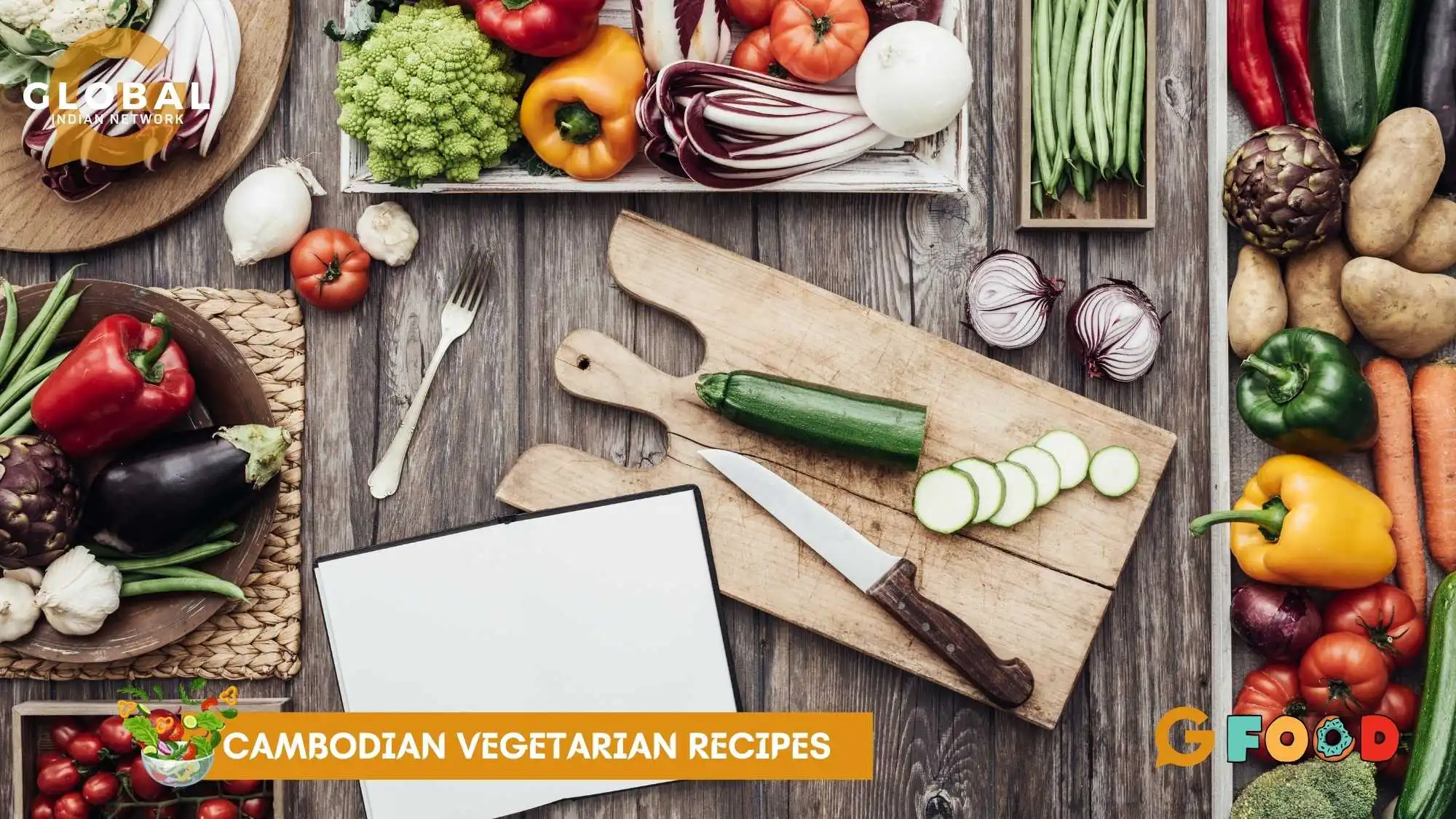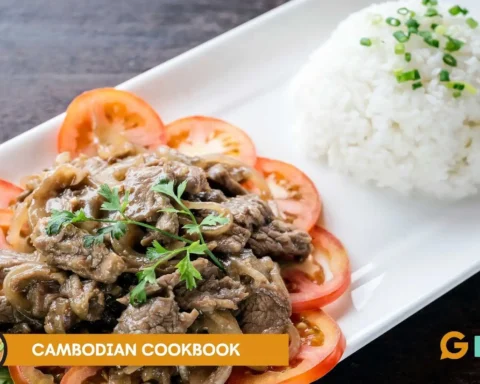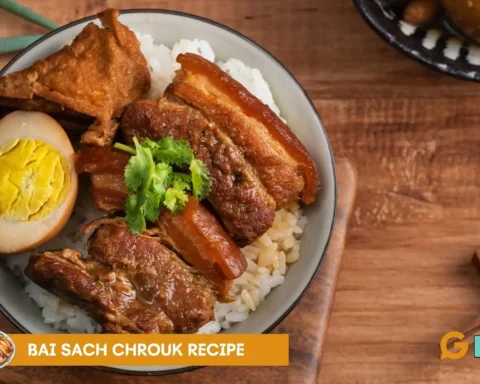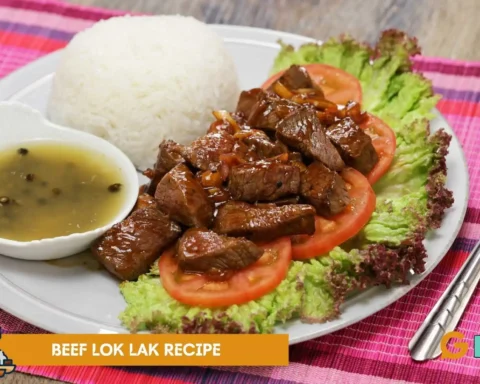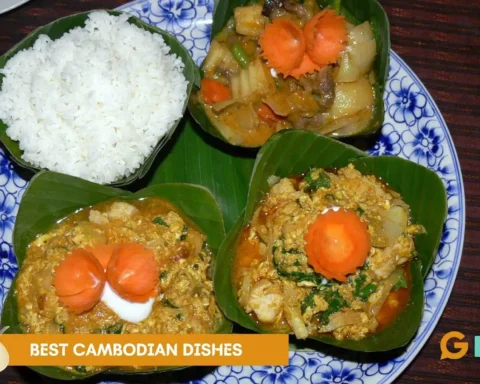Cambodian cuisine blends timeless traditions, local ingredients, and intimate association with seasonal and religious rituals. Among all the up-and-coming stars of Southeast Asian cuisine, Cambodian vegetarian recipes are becoming increasingly popular among Asian food enthusiasts and gourmet travellers. These dishes bear witness to the country's rich farming culture and introduce it to its well-established culture and beliefs.
Table of Contents
Cambodian Cuisine and Vegetarian Traditions
Cambodian dishes never missed room for vegetable food, particularly because Buddhism is the motivating element against violence and using plant foods in the diet. Vegetable stew, rice porridge, Cambodian vegetable congee recipe, etc., are highly popular among monks and religion-following individuals. Fresh herbs, fresh ginger, lemongrass stalk, and kaffir lime leaf are used for making these food items impart colourful and fragrant food appeal to the dishes.
The demand for plant-based recipes encouraged the development of vegan versions of traditional dishes in Cambodian food. Rather than working with fish sauce, chefs opt for tofu or 2-3 tbsp vegan fish sauce to serve the umami punch without compromising dietary customs. Some contemporary variations involve sprinkling tofu cubes, baked tofu, or substituting tofu in the case of a person who despises tofu yet craves food high in proteins.
The Rice Foundation of Cambodian Vegetarian Recipes
Rice is Cambodian cuisine's staple. White rice, scented jasmine rice, or sticky rice is served as a side for nearly every dish. Vegetarian meals usually consist of jasmine rice with stir-fried vegetables seasonally and served with firm tofu in light soy sauce. Bean sprouts, green onion, and spring onions are added to rice noodle salad, making it another much-loved favourite. A pleasant salad will routinely be dressed with ginger or peanut sauce for balance and sweetness.
Among the other Cambodian vegetarian recipes is banana flower salad, whose banana flower is shredded and mixed with lime zest, roasted peanut, and some makrut lime in some instances. Such salads demonstrate the traditional Cambodian touch for mixing crunchy vegetables, acidity, and herbaceous freshness.

Cooking Methods and Traditional Practices
Most Cambodian cuisine depends on the making of spice pastes and spice mixtures. A classic curry paste should begin with pounding ingredients into a rough paste and then refining the effort to create a smooth paste. The spice pastes are sautéed at medium heat for 3-4 minutes to release the fragrance. Then, a cup of water, vegetable stock, or 500ml vegetable broth is added to simmer the dish for 8-10 minutes.
Herbs like lemongrass stalk and turmeric root (5-6cm root fresh turmeric) are ground up for bottom flavours. Vegetarian fillings of some other foods, such as Cambodian baguette sandwiches, consist of bite-sized vegetable pieces pan-fried for 1-2 minutes in light soy sauce. They are flavoured with a teaspoon of salt and black pepper. Some ancient traditions still adhered to are steaming rice within bamboo tubes and garnishing with edible flowers. Boiling water is used to prepare vegetables such as baby corn, green beans, and even one corn cob - kernel in rural Cambodia, keeping it humble and wholesome.
Cambodian Vegetarian Recipes in Urban Settings
Urban Cambodians are now mixing tradition and convenience. Cambodian vegetarian recipes are now part of the menu of nearly every restaurant, and vegetarian restaurants also serve dishes to cater to the locals and foreigners. Vegetarian rice porridge and Cambodian vegetable congee recipes are now comfort foods in city homes.
Street food vendors in Cambodia are also catching up with this trend. A hot street food, a takeaway for lunch, a mixed vegetable curry or a stir-fry season vegetable is conveniently available. Stir-frying vegetables with fresh or hot fresh basil and adding a fragrant flavour only requires 4-5 or 6-7 minutes.
Most ingredients found in Cambodian vegetarian recipes also carry cultural symbolism. Rice paddy herb, makrut lime, and basil are not only spices but are described as cleansing and healing herbs in Cambodian traditional medicine. Cambodian herbs and scented herbs are commonly hacked green from home gardens, where it is evident that food has an intimate relationship with nature.
Culinary Culture and Global Influence
The growth of the international demand for Asian food has put Cambodian food on the global map. There remains strong demand for ingredients such as kaffir lime leaf, lemon grass, and Cambodian herbs. They are increasingly finding their way into traditional cookbooks, vegan ones, and best-selling ones dealing with issues of Asian food and Southeast Asian diets.
Cambodian vegetarian recipes on international cooking platforms include rice noodles with aromatic herbs, vegetable stew with fresh vegetables in bowls, vegetarian Khmer dishes such as banana flower salad, and rice porridges perfumed with jasmine rice and lime zest.
Most websites also have a gluten-free alternative or nut version alternative for those on special diets. Affiliate links allow most foreign readers to buy through links to receive original ingredients.
Conclusion
Cambodian vegetarian recipes have their attraction not so much on flavourful spirituality. From monasteries to urban kitchens, from simple bamboo pipes to contemporary gas stoves, Cambodian vegetarian recipes are an ongoing roll call for sustainable living, belonging, and spirituality.
With increasingly more individuals embracing Asian cuisine, discovering vegetarian Khmer cuisine through traditional cookbooks and restaurant menus closes cultures. From balsamic vegetables served on basmati rice to delving into a bowl of vegetarian rice porridge on a soggy day, every bite is a journey into Cambodia's scented, tasty heritage.





